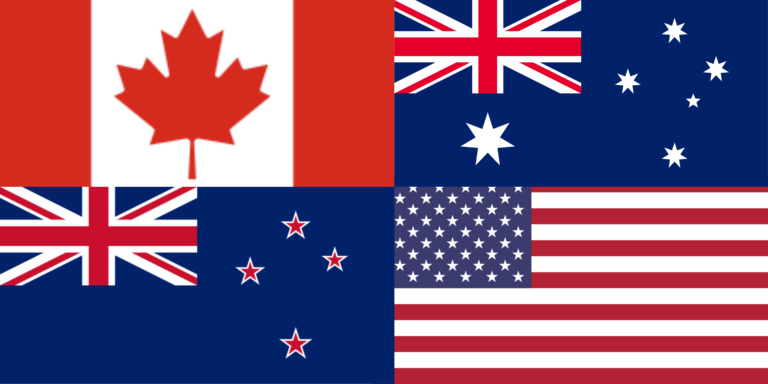A recent study commissioned by the Food Standards Agency (FSA) of the UK found that not only do many aspects of Canada’s food safety system differ significantly from the U.S., Australia, and New Zealand, but all four of the countries have diverse national food control plans.
The project, conducted by Campden BRI for FSA, was based on a desk study review and comparison of the countries’ sampling systems in relation to food legislation and regulation; official controls, surveys, and methodologies; intelligence gathering and hypothesis generation/testing; and use of third-party data to support regulatory activities. The conclusion: “There is no one size that fits all.”
A few of the key differences include:
- Authority. In Canada, New Zealand, and the U.S., the authorities take on roles for both regulation setting and enforcement. But in Australia, the main authority (FSANZ) sets standards and coordinates responses to food safety and related incidents but does not have an enforcement function. Thus control of imports, exports and biosecurity is conducted by the national government while most other aspects of food and feed law are left to state and territory governments under local legislation.
- Labs. Government agencies in Canada and the U.S. have a well-developed government laboratory infrastructure; New Zealand and Australia do not. Instead, authorities in New Zealand fully rely on accredited or approved independent laboratories to test imported food. Australia has a primary contracted laboratory for certain tasks but also uses accredited laboratories as needed.
- Preventive Controls. Most establishments in Canada that trade interprovincially are required to implement preventive controls, with the CFIA gradually adopting a new risk-based approach to inspection with inspector compliance verification of establishment’s preventive controls. Similarly, in the U.S., the surveillance of food/feed and enforcement is conducted by various federal and/or state agencies, with the FDA overseeing most foods, but having disproportional resources from that of FSIS. So FDA’s approach requires most food businesses to implement appropriate preventive controls. In New Zealand, businesses are required to have appropriate food safety management systems and may be required to collect and test samples for verification. In Australia, the oversight of most aspects of food law is in the hands of state/territory governments.
- Export. Canada’s export focus is less pronounced, as most exports are destined for the U.S. But Australia and New Zealand have a particularly strong focus on exports with exporting establishments required to undergo statutory test and sampling programmes as well as meeting the requirements of the importing country.
- Imports. Canada’s CFIA is adopting a risk-based approach to inspection, where product inspection and sampling is conducted primarily through the ongoing compliance verification of importer’s Preventive Control Plan by CFIA inspectors. Similarly, Australia imports are classified as a “risk food” (medium to high risk) or “surveillance food” (low risk) based on a risk assessment, with 100% of “risk food” initially inspected and tested (with this reduced to lesser rates as applicable), and 5% of “surveillance food” randomly inspected and tested. New Zealand also monitors imported food based on risk, with higher risk foods requiring a food safety clearance, monitoring for specific hazards, and potential sampling and testing (except those from Australia). In the U.S., all imports of FDA-regulated products are electronically screened, with risky products or incomplete/inaccurate entries flagged. Lower-risk products may enter without further FDA review, but any that do not receive a release by the automatic system are routed for manual review. FDA also uses “Import Alerts” to block imports of foods associated with specific known risks, companies, countries, or geographical regions.
While the four countries have some distinct differences in how their food control systems operate, all are considered to have top-tier food safety programs. This is evidenced by Canada and the U.S. ranking first and second, respectively, in Quality and Food Safety in the Global Food Security Index, and Australia and New Zealand (as well as Canada) achieving FDA Systems Recognition, indicating that all “operate comparable regulatory programs that yield similar food safety outcomes.”





